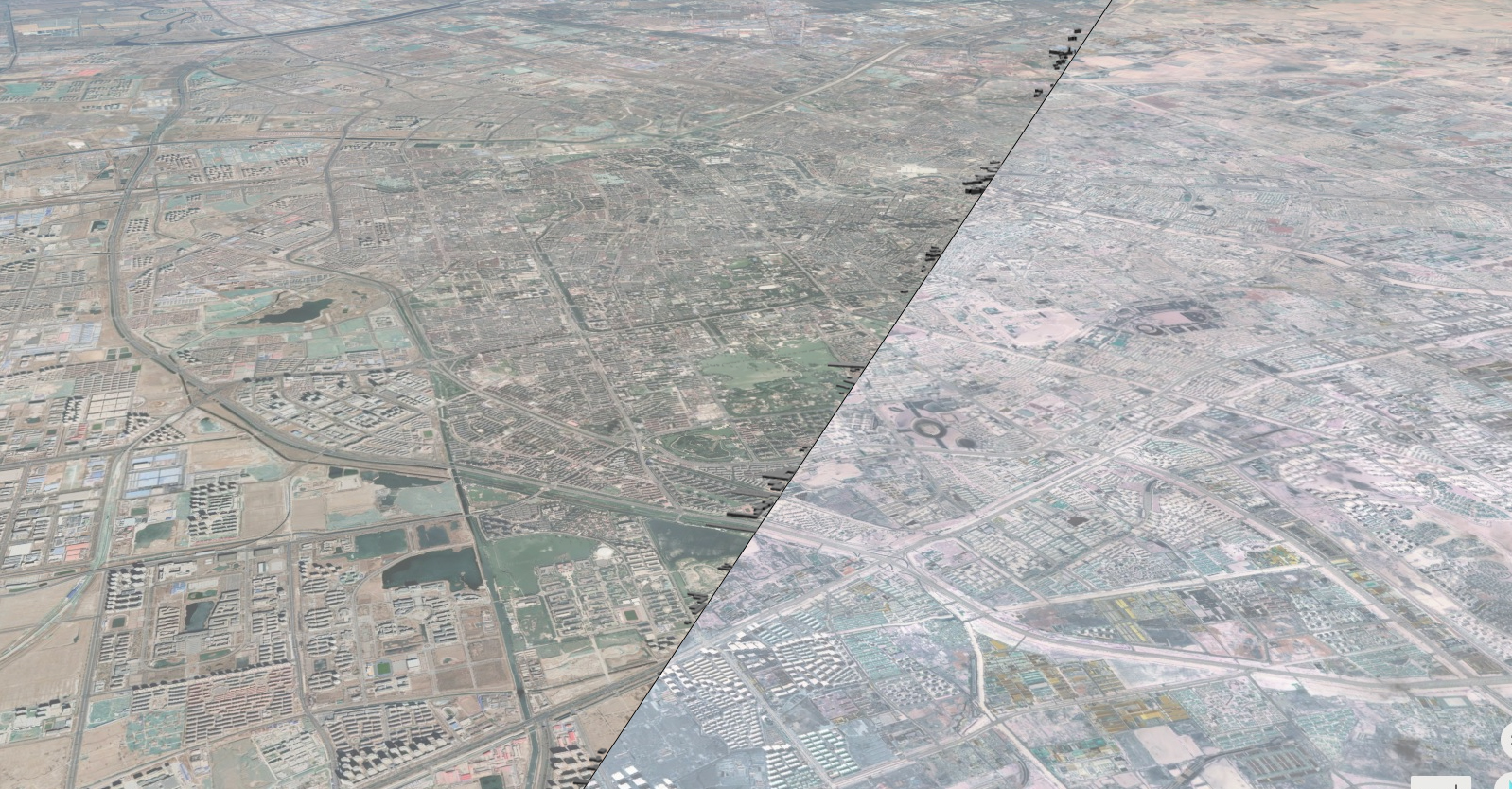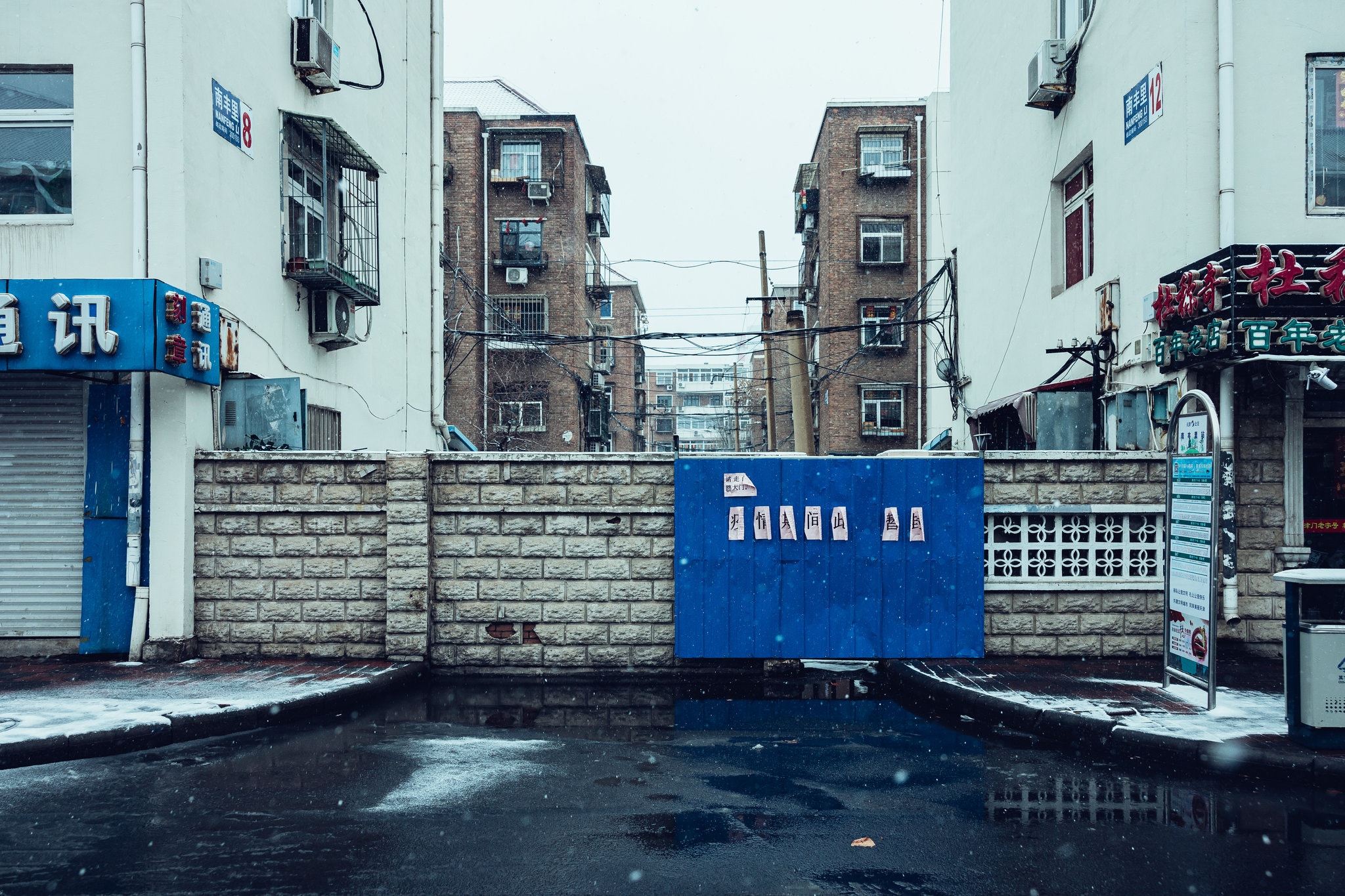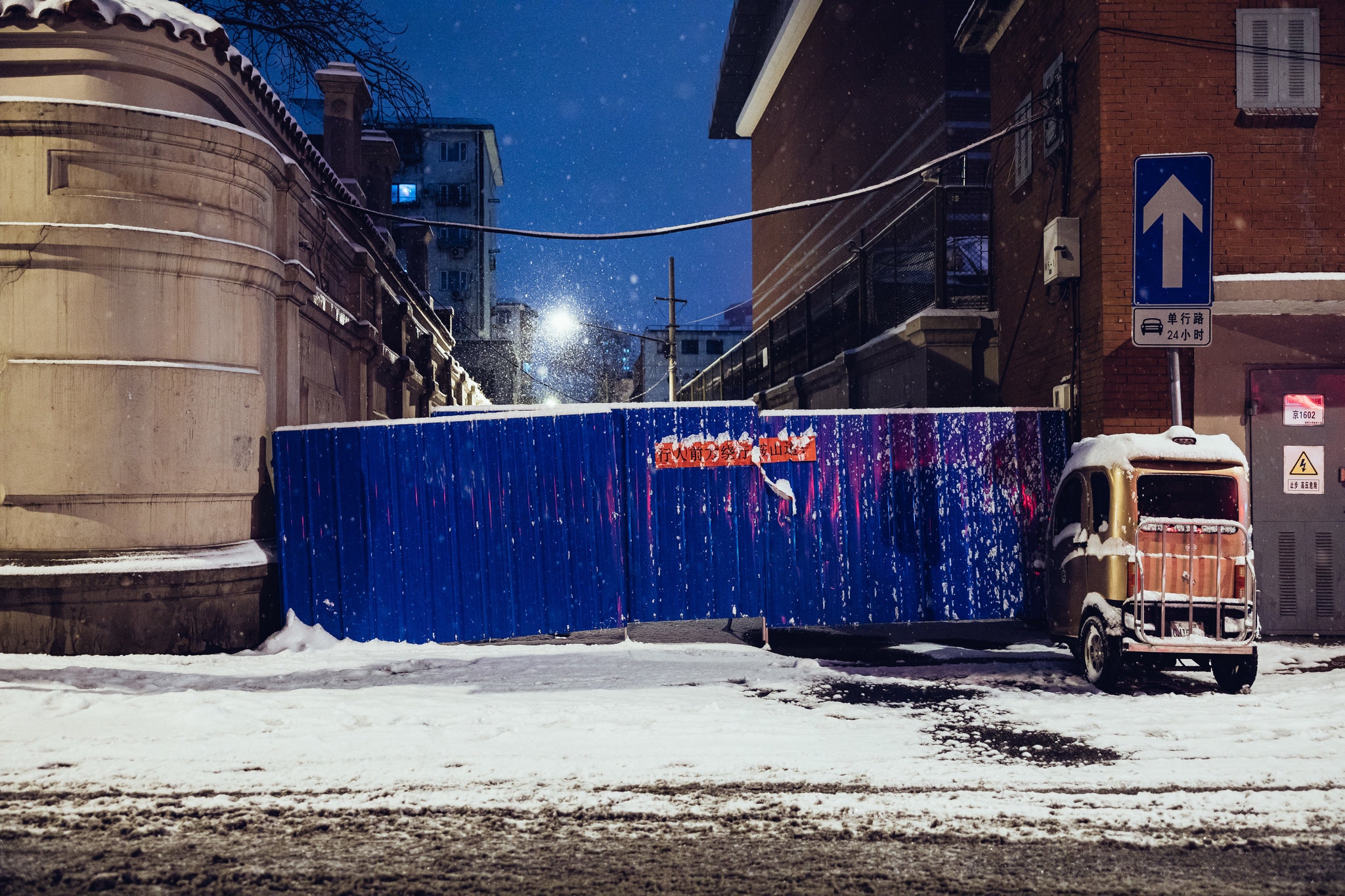
The city in section is a known architectural scale. The city extends from the footings of buildings, subway tunnels, networks of sewers snaking all throughout the urban center, all the way up to the satellite towers, water towers, and towers of all kinds.
To cut a city in section (a section so arbitrary at the scale of the city that it cuts neither through the center of town nor parallel to the street grid) is a peculiar architectural gesture. The utility of the cut is not realized at the scale of the city. In planetary section, Tianjin is little more than a thin pile on the crust of the earth.
To cut a city in section (a section so arbitrary at the scale of the city that it cuts neither through the center of town nor parallel to the street grid) is a peculiar architectural gesture. The utility of the cut is not realized at the scale of the city. In planetary section, Tianjin is little more than a thin pile on the crust of the earth.

There are 15.6 million people living in Tianjin right now. How many people live on the slice through the world? A soil core of a life in spring 2020 would yield layers of technofossil. Precious modern technology, so dainty and complicated, pressed between layers of gypsum, wood, metal, stone, and glass, the comparatively old matter that comprises dwellings.

Tianjin was one of the fastest-growing cities in China, with new industrial parks and economic zones sprouting skyscrapers and new construction at increasing rate. Growth slowed in 2019, leaving a glut of construction partitions in the streets of Tianjin. Spring 2020, the partitions are repurposed to close pathway connections between neighborhoods near Heping, Tianjin. The New York Times reported on the ‘Blue Great Wall’. This Wall, blue by design and great by association, cuts the city at the human scale. The partition line has deep intentions: to separate, protect, keep out.
![]()
![]()
![]()
![]()
Tianjin’s blue dividers act at a resolution that is finely tuned to the human. The walls fit into the existing constructs of life in Tianjin. Resolution of this quality, deployed at rapid time scale, is hard to imagine. The planetary scale’s clunky intersection of the city acts in slow time, with uneven resolution.




Tianjin’s blue dividers act at a resolution that is finely tuned to the human. The walls fit into the existing constructs of life in Tianjin. Resolution of this quality, deployed at rapid time scale, is hard to imagine. The planetary scale’s clunky intersection of the city acts in slow time, with uneven resolution.